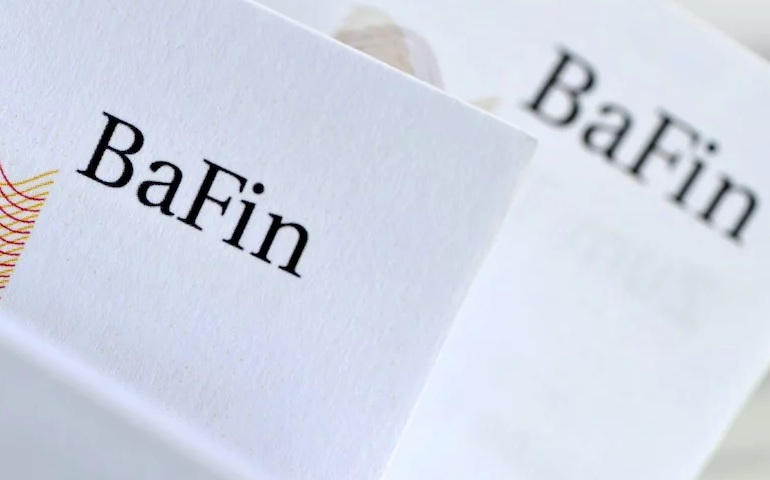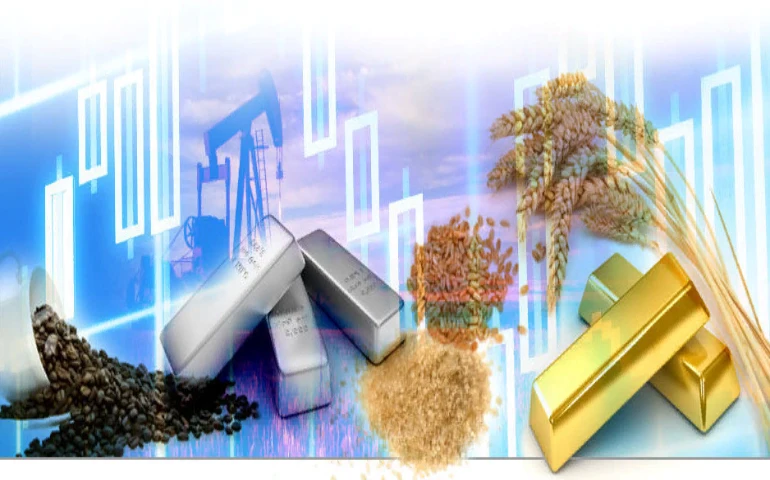Definition of Solana: what is it and how does it work?
 Johannes Röll
13 / December / 23
Visitors: 478
Johannes Röll
13 / December / 23
Visitors: 478
Solana is a cryptocurrency/blockchain that strives for performance to offer companies and individuals a technical solution capable of managing complex real-world businesses.
To achieve this goal, Solana relies on a number of proprietary technologies including Proof of History (PoH), Tower BFT, Gulf Stream and many others. It is the combination of all these technologies that is Solana's strength, allowing it to offer a blockchain theoretically capable of processing over 50,000 transactions per second, with a low latency of 400ms between blocks. The only downside is a slightly longer time to complete transactions (roughly 8 to 12 seconds). Since the network is in BETA mode, we hope to see improvements in this area in the future.
Proof of History (PoH) is a clock that runs BEFORE consensus, allowing different nodes in the network to continue creating blocks without requiring confirmation from the entire network before moving on to the next block (unlike older blockchains like Ethereum and Bitcoin, where all nodes in the network must verify and confirm each block before moving on to the next). This is known as parallelization of computation.
Tower BFT: To make their proof-of-history blockchain work properly, the Solana team had to rework some technologies used in other blockchains, such as Byzantine Fault Tolerance. Tower BFT is a custom BFT integration for Solana.
Gulf Stream: Solana is theoretically capable of processing more than 50,000 transactions per second, which means that there are never any transactions waiting for more than a few seconds on the blockchain.
The consensus used in Solana is Proof of Stake, which, contrary to what you might think, is not Proof of History (PoH). PoH is used as a technology to increase the transactional capacity of a network, but is not used for consensus. PoS always has the last word.
Very low transaction cost: the cost per transaction on the Solana blockchain is about $0.00025 (or 0.000005 SOL), which means that one Solana dollar can be used to conduct several thousand transactions. The low cost makes the blockchain suitable for high-frequency payments, micropayments, or simply a reliable, centralized database for applications that need to write a lot to the blockchain.
A prerequisite for utilizing the Solana ecosystem
To be able to receive cryptocurrencies issued on the Solana blockchain, such as Serum, Raydium, Media and many others, to a Solana-compatible wallet such as Phantom, you need to fund your wallet with SOL.
This mechanism makes $SOL a prerequisite for any use of the Solana blockchain.
Global supercomputing, decentralized finance
Solana, like Ethereum, aims to allow businesses to take advantage of the blockchain to certify data, record information that cannot be altered or corrupted, conduct decentralized exchanges in complete anonymity, and create censorship-proof social networks.
Solana's advantage is its ability to handle large amounts of information without sharding or interfering with layer 2, which makes it a major competitor.
This is why Sam Bankman-Fried (CEO of FTX) chose this blockchain solution to create the decentralized exchange SerumDEX. After using the blockchain and verifying its reliability, he decided to fund the project with significant funds.
New charging model on Solana
On June 17, 2022, Solana introduced a fee-based transaction execution priority system that allows users to increase fees above the prime rate (0.000005 SOL) to gain priority on the blockchain.
This feature is intended to allow developers to prioritize transactions such as NFT mining, thus avoiding spamming the network when trying to mine a new collection of NFTs before others.
Solana is still under development, but it has already made significant progress. The platform has an active and growing ecosystem, and its development team continues to work on improving its functionality.

Johannes Röll
Johannes Röll was born 1978 in Brilon,Germany. Graduated RWTH Aachen University. Over the past ten years he worked as Head of the plastic card team, where he was mainly responsible for the development of the distribution, Head of sales Department and Financial Analyst,where he got experience in planning and support sales figures for branches. For the present he works as freelancer






